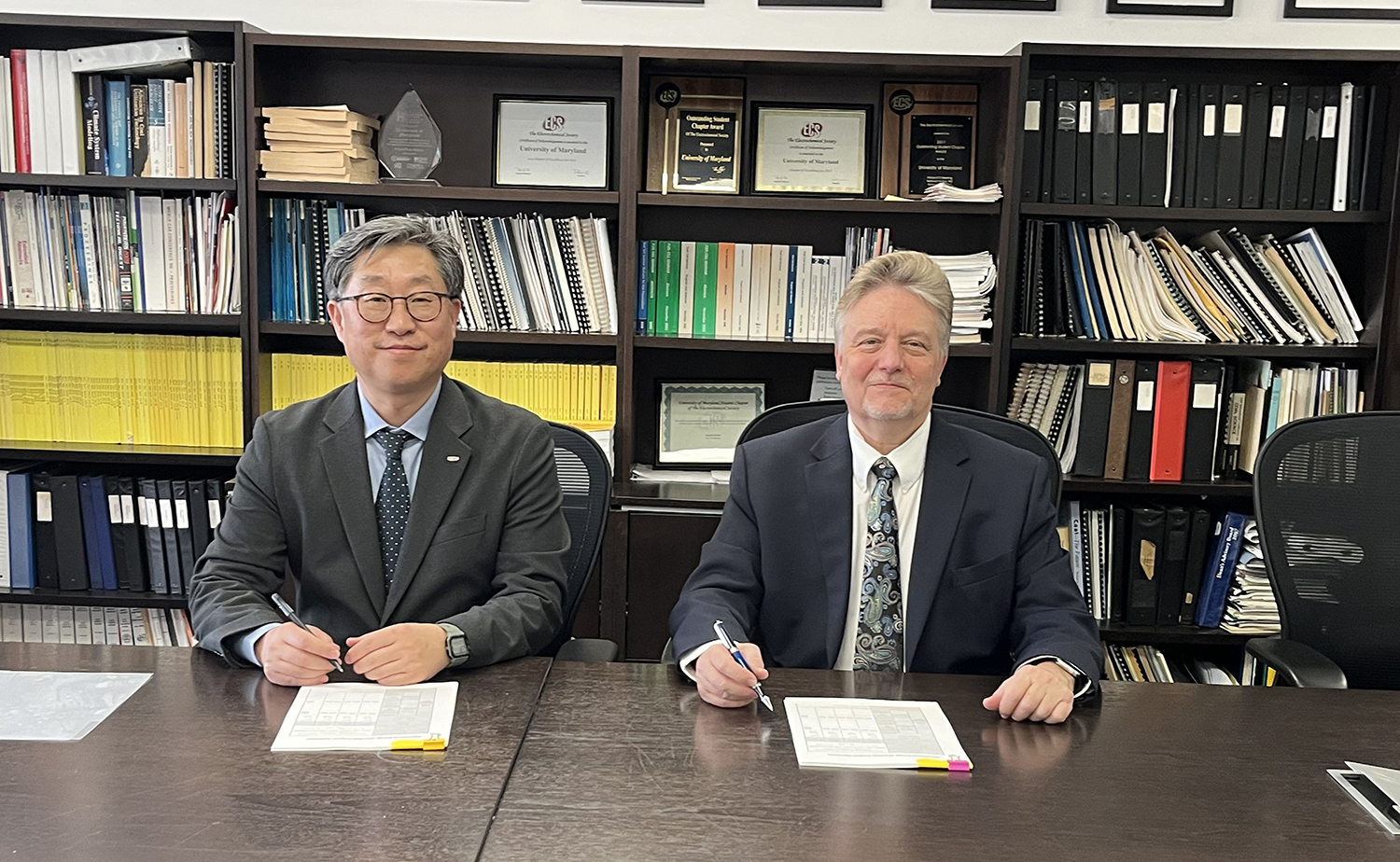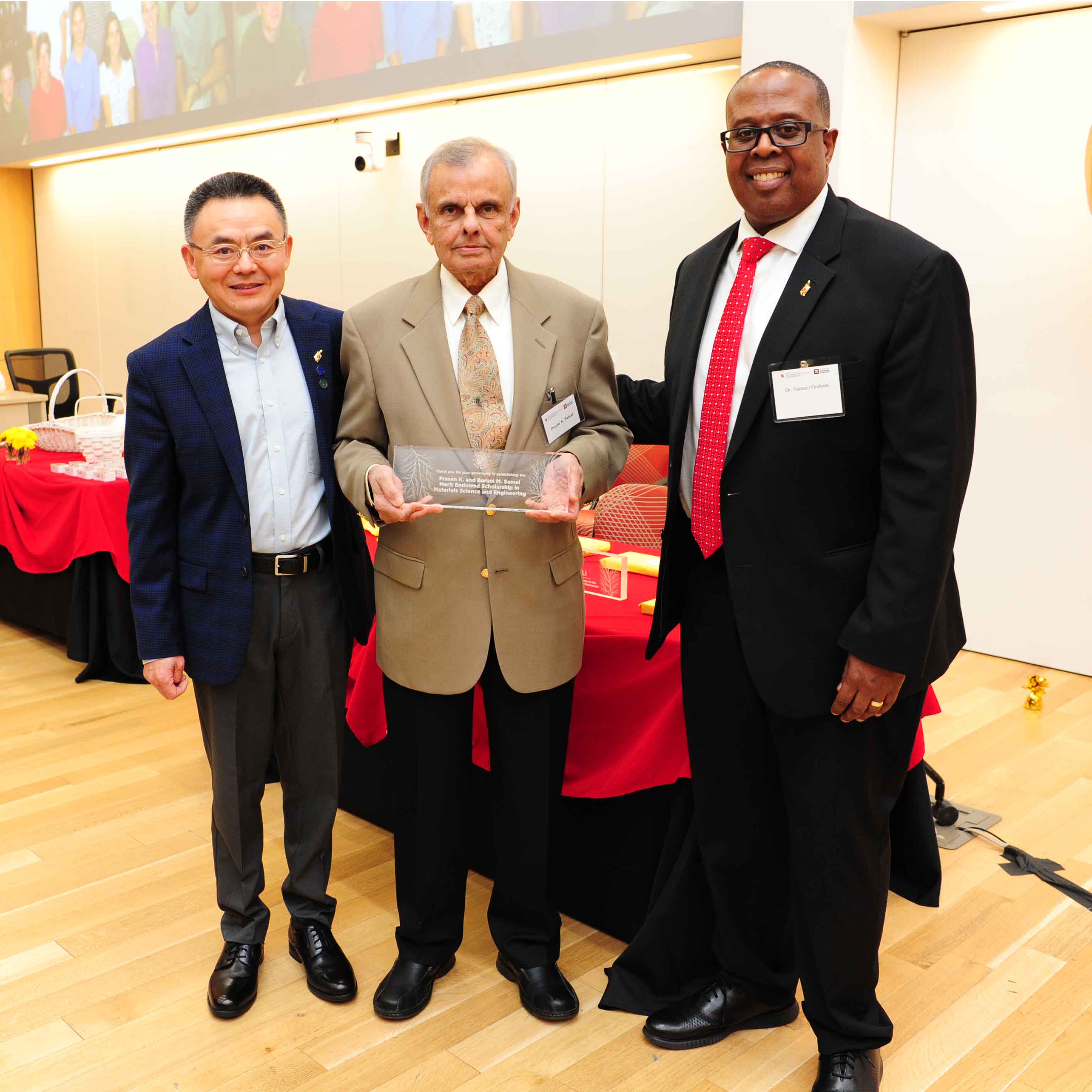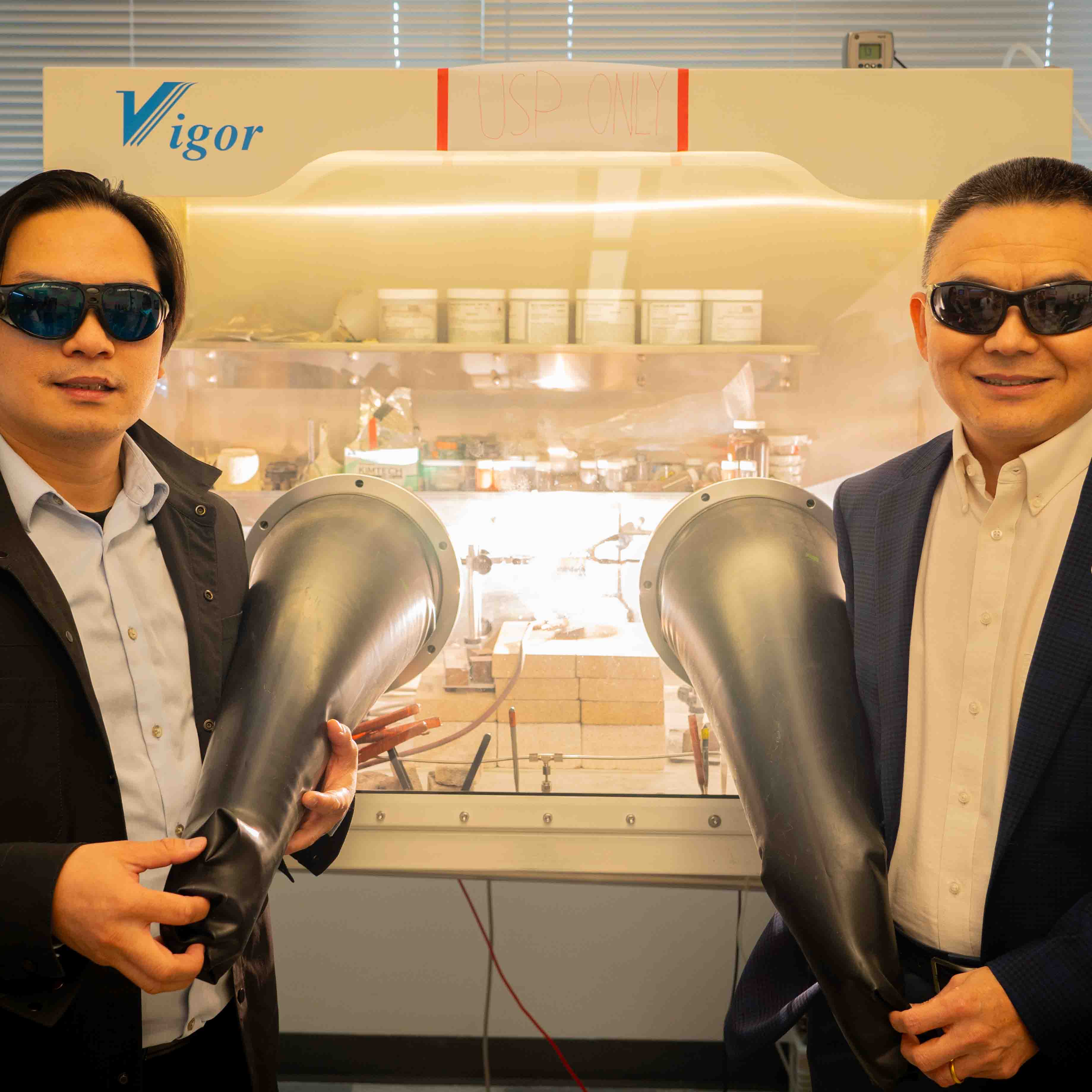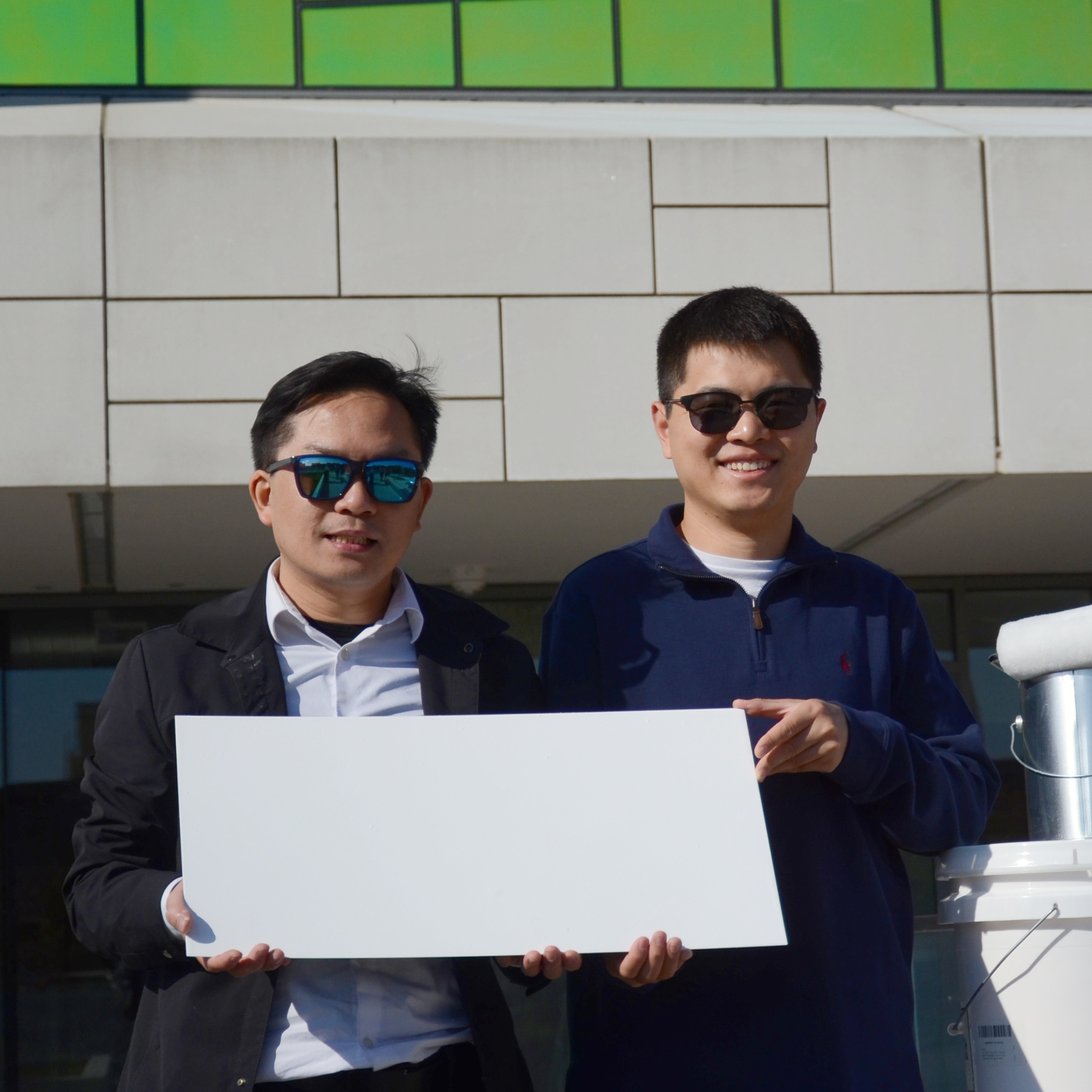News Story
MSE@UMD Grads: The Next Generation of Faculty, Part 2

Jason Hattrick-Simpers (Ph.D. '07).
Jason Hattrick-Simpers (Ph.D. '07), formerly advised by Professor Ichiro Takeuchi, joined the University of South Carolina's Department of Chemical Engineering as an assistant professor in 2011.
Hattrick-Simpers' association with the Department of Materials Science and Engineering (MSE) began when he joined the Clark School as a summer undergraduate research fellow while attending Rowan University in New Jersey. After spending two summers in the program, he became a MSE graduate student and received an Achievement Rewards for College Scientists (ARCS) Fellowship.
"Jason is extremely energetic and hard-working," says Takeuchi. "Because he was in my group during a period of time I spent ramping up various projects and developing instruments, he played an important role in a large number of activities and studies ranging from materials characterization using novel scanning probe techniques to the synthesis of thin film combinatorial libraries."
After graduating, Hattirck-Simpers joined the Materials Science and Engineering Laboratory's Metallurgy Group at the National Institute of Standards and Technology (NIST), where he developed a rapid screening technique for measuring the hydrogen storage capacity of thin film composition spread samples. His appointment was funded by a fellowship from the prestigious NIST/NRC Postdoctoral Research Associateships Program, which awards positions to outstanding scientists and engineers chosen through a national competition administered by the National Research Council of the National Academy of Sciences.
After completing his postdoctoral research, Hattirck-Simpers was recruited by the University of South Carolina to launch a research program focusing on the use combinatorial materials synthesis to screen, discover, characterize, and optimize new materials for use in hydrogen storage and other energy applications.
Visit Professor Hattrick-Simpers' homepage »
Published December 2, 2011












